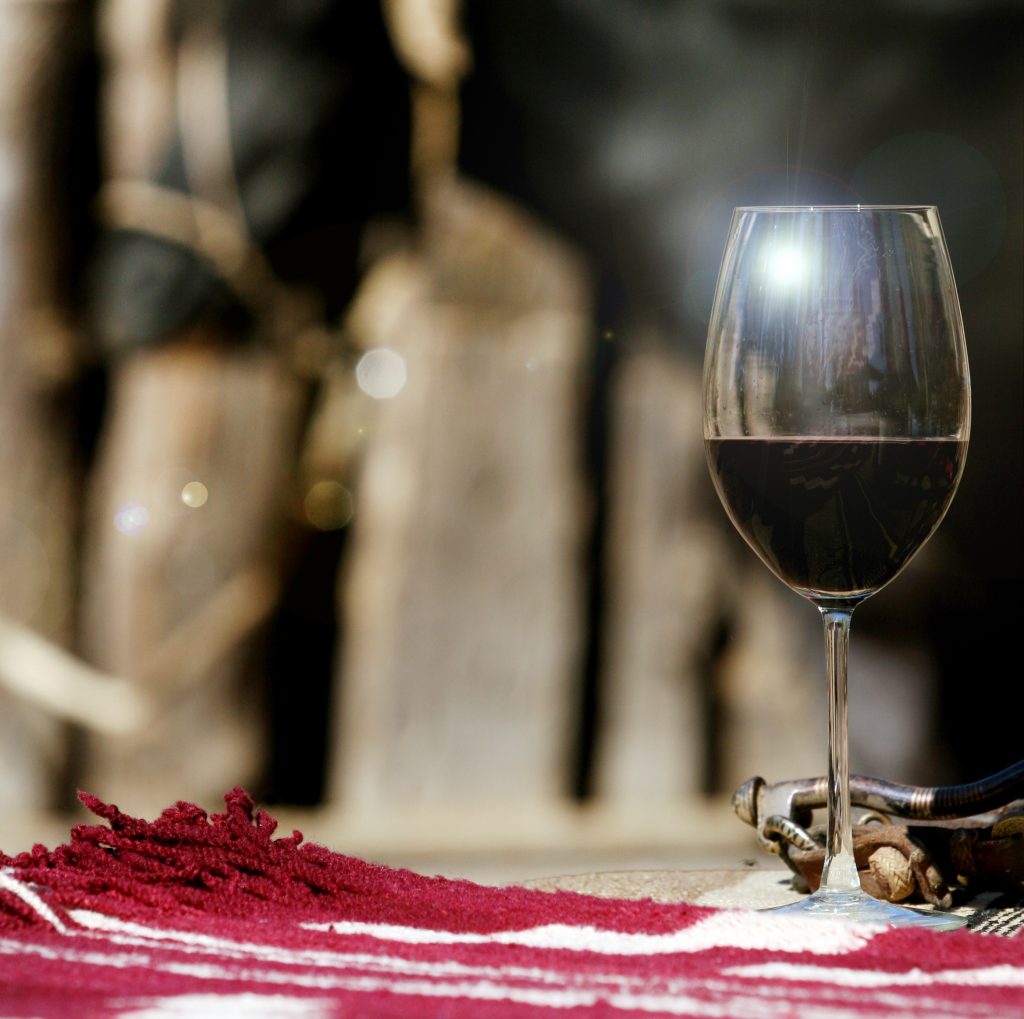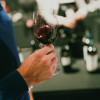In Argentina, seven out of ten bottles that are uncorked, are red. Of those seven, 60% are Malbec. A logical figure for a country with this varietal as the flagship grape of the wine industry. However, talk of Malbec is no longer just about young reds or reserve wines, today with this strain all possible styles are made, even a winery inspired to make a white, Vicentín Blanc de Malbec, and the result has been so encouraging that several wineries have been tempted to try their own. Meanwhile labels with curious local winemakers test the versatility of Malbec. Below we review what this colourful strain has to offer, beyond the classics.
La vie en rose for Malbec
It is impossible to keep track of how many Malbec Rosé wines there are on the market. The revival of these wines in recent years has taken sales to a historic peak. The best thing about it was that it responded to a rising demand throughout the year, and there is an explanation: it is no longer about products from the processing of red wines, these wines are born in the vineyard. For this the fruits are harvested in mid-summer, others use different vintages and all shorten the maceration time to achieve fresher, lighter and livelier wines. Among these new style serves such as Altocedro Rosado de Malbec, Laborum from Porvenir de los Andes, Domaine Bousquet, Saurus Rosé, L’Argentine de Malartic and Lagarde Blanc de Noirs, all from the 2015 harvest.
Sparkling Malbec, the glam version
Undoubtedly, this may be one of the most amazing styles made with Malbec. Pinks, whites and even reds. The first use of Malbec for sparkling wines was early 2000 when Bodega Chandon used just a dash of red wine to add color to their cuveé. To add color, but also identity and regional flavour. The differential achieved, aromas and a mild taste of red fruit, tempted several winemakers to try their luck with champanizaciones varietals. One of the pioneers was Mauricio Lorca with his Lois, the sparkling wines from Bodega Foster with the intention of being a blanc de noirs although the color of the skins often results in slightly pink tones. Among the most elegant and complex the recent launch of Marcelo Pelleriti for the Lindaflor line from Monteviejo, a subtle and lively rosé. Among the classics on the market Luigi Bosca Finca La Linda Rosé and Navarro Correas Brut Rosé while sweet sparkling wines like Deseado Malbec from Familia Schroeder and Dolce Rosé of Cooperativa La Riojana.
The enchantment of bursting bunches
Each year, while the wineries are work with the grapes from the harvest, many clusters are left on the vine and wait until the fall to be harvested. Among them, those which use Malbec are becoming increasingly precious. To the surprise of many the most important varietal grapes in the country have given rise to exquisite sweet late harvest reds, ideal to accompany chocolate cakes, nuts and cheese platters. Demand is high and each year new more styles come to market. Among the most notable; Dolce Achaval Ferrer, Ciclos Tardio from El Esteco, Don Nicanor Nieto Senetiner, Graffignia Centenario, Susana Balbo Late Harvest Malbec, the sweet pink Malbec de Angeles and the curious ICE from Las Perdices, made with grapes that are harvested in June when the temperature of Mendoza marks its lowest levels for the year.
Burly Malbec
In 2000, Familia Zuccardi created a bold style for their Malbec and so was born one of their most successful labels: Malamado, the first leading varietal of the country. In fact, its name is a play on words that decrypts its vinification, “Malbec the Oporto way.” Produced only with Malbec grapes, it is headed by an alcohol level up to 18 degrees and contains 120 grams of sugar per litre. A well-made replica of the most famous Portuguese wines that immediately won public acceptance. Since it is a local classic when it comes to desserts, chocolates and table chatter. But the category was expanded with success to include sweet wines and Malamado shares the fortified wine market of Argentine with labels such as Porto de Magodas 2005 from the Stradivarius Casa Bianchi collection, Rutini Encabezado Malbec 2007, Domaine Bousquet Malbec Sweet and Fond de Cave Encabezado 2011 by Trapiche.
The spirit of Malbec
Among winemakers there is a common love for alembic. These copper stills are the tool that allows them to extract the spirit of their creations to give life to drink more alcohol. In Argentina the strong heritage left by waves of Italian and Spanish immigrants explains the passion of local winemakers to keep the tradition of grappa alive. Ideal for the table on any cold night with the warmth of a fireplace, these drinks that shake the soul have regional versions from Malbec grapes. It is an open secret that in our country these distillations are abound although most are for family consumption. However, interestingly, there is something on the market that also arouses the interest of some bartenders when designing their signature cocktails. Prepared the same way as Italian Grappa and los orujos españoles, Norton Grappa de Malbec (40% alc), Grappa D.V. Catena (41% alc), Grappa Sin Fin (40 % alc), Rutini Destilado de Orujo Malbec (41% alc) y Aniapa Aguardiente de Malbec (41% alc).



